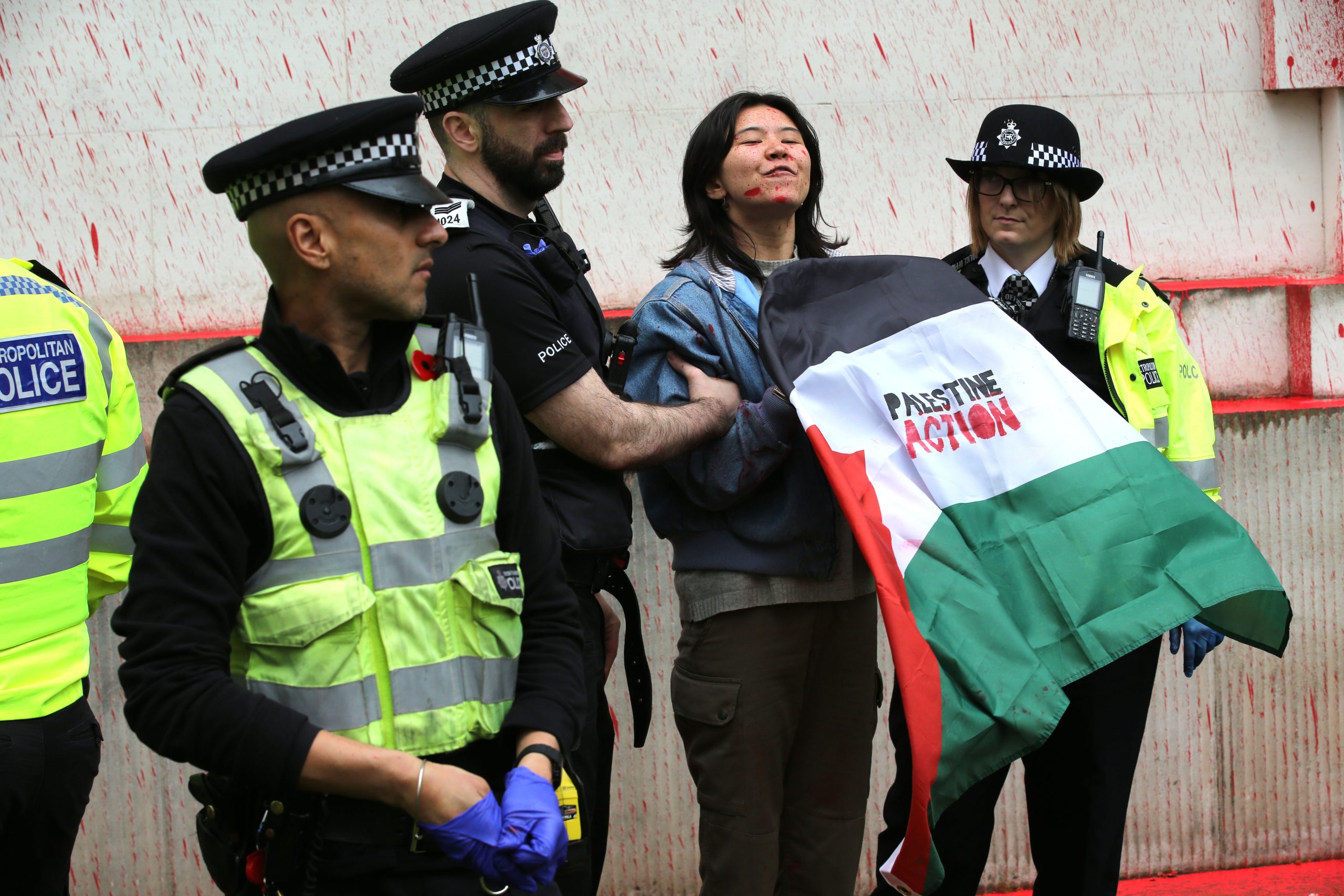Author: Shabna Begum
From Sylhet to Spitalfields: Bengali Squatters in 1970s East London
Lawrence Wishart
ISBN: 9781913546748
This book is based around the oral history project that the author carried out about the Bengali squatting movement that happened in the 1970s around Spitalfields/Whitechapel. Along with the recent research by Christine Wall into women’s squats around London Fields (and Matt Cook’s work on gays squatting in Brixton and others I’ve missed), this book gives voice to a community that found space through squatting but whose history has often been hidden by homogenised views and histories. This is particularly important considering the jaundiced views portrayed by the media during the campaign to criminalise residential squatting a decade ago, deliberately leaving an impression of a movement purely of middle-class hedonists.
I personally was aware of the Bengali squatting movement as part of wide blossoming of the movement(s) in the 70s and 80s, but this book also situates the movement within the very specific history and struggles of the Bengali community, that could otherwise be hidden by generalisations. From the book I learned about the migrations of Shah Jalal, from the saint who brought Islam to Sylhet in the 14th Century to the cafe of that name opened in Commercial Street by a Bengali ex-seaman in the 1920s, with much history and detail between.
Also important is the particular forms of racism dealt with by the Bengali community. The culture that included the murder of Altab Ali on the streets of Whitechapel, the exclusion from social housing, the regular “paki-bashing” and the restrictions on immigration that made Bengali migrants decide to bring over family while they could, along with the history of empire and its denial, led to a specific need to be housed in safe areas. Some of those who squatted had been housed by the council but in areas where they were violently excluded by other residents.
The squatting movement began in the mid-1970s and had the support of the local squatting group (mainly one particular person) and Law Centre, and the Race Today journal. In those days ASS was not based in the area but most boroughs, if not more local areas, had a local group that helped out.
Much of the more counter-cultural squatting of the time was based in part around people having time to help out, and to be in to deal with problems. For the Bengali community however, most of the men were working long hours in restaurants or sweat shops and it was the women, often home workers, who had to fight and make demands.
Eventually the movement met with success, with the acceptance by the housing authorities of the need to be housed in safe areas, with the GLC squatter amnesty demanded by the Bengali squatters and others, and the creation of a number of housing coops and associations. But Begum writes how the encroachment from the City and gentrification has reversed the victories, and how the other squatting movement that defended the physical heritage of Spitalfields rather than its living reality has contributed.
Begum makes important points about how the self-activity of squatting spread to the collective self-defence of the community from racist attacks, and on to other forms of community activity. Most squat communities have experienced this more general sense of and need for social expression. She brings this up to date with the current struggle to “Save Brick Lane” and its contradictions.
There is too much in this book for me to do it justice so you’re going to have to read it. It’s a must for anyone interested in squatting, housing, racism, migration, oral history, London. ASS has ordered a copy for our reading shelf.
Myk from Advisory Service for Squatters
From Sylhet to Spitalfields: Bengali Squatters in 1970s East London was released on March 10 and can be purchased here.








